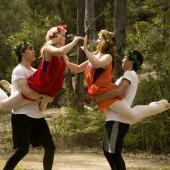
Body Language
Students recreate the staged fight between Abigail and Sammy with particular attention to body language.

Students recreate the staged fight between Abigail and Sammy with particular attention to body language.
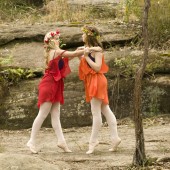
Students choreograph a fight scene.
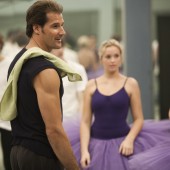
In pairs, students create a phrase of music without the use of speech.
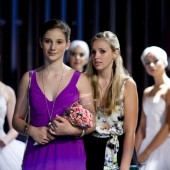
Students create a cygnet dance in the style of line dancing. Rate selves using activity sheet.
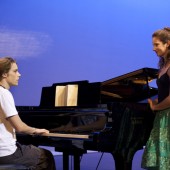
Students learn about dance for people of all abilities, watch some clips of companies that specialise in this field and discuss movements seen.
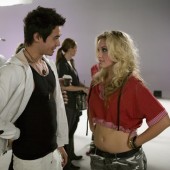
Students discuss framing and editing, plan camera angles for a dance shoot
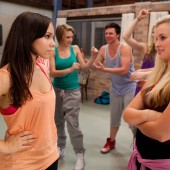
Students prepare a one-minute routine with props.
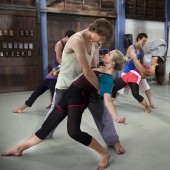
Students engage in two structured improvisations and create a short phrase based on effort actions.
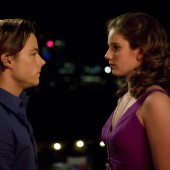
Guided improvisation on small shifts of the body that constitute “falling”.
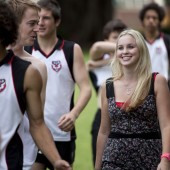
Students perform activities from the Ausdance Fitness Test then devise their own speed test.
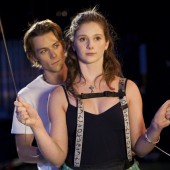
Students create a floor phrase where they do not use their hands or stand on their feet.
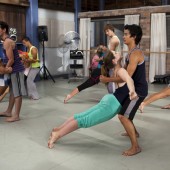
Students play two games that explore differences in effort levels when applying force and flow in dance.
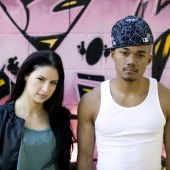
Students find examples of graffiti and create a phrase based on graffiti images.
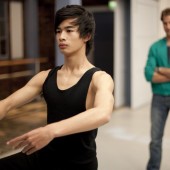
Students create their own Haka.
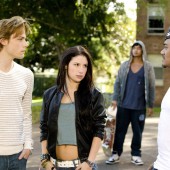
Students create a hip hop fashion show.

Students attempt to expand their solo ideas through improvisation techniques.
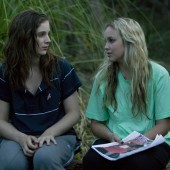
Students watch examples of site specific work and generate movement response to alternative locations.
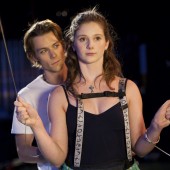
Students learn about safe dance practice in relation to jumps.
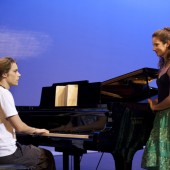
Students explore a range of jumps and observe some jump styles from the internet.
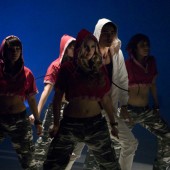
As a whole the class learns a sequence from Kat’s routine. They then create variations of this dance sequence.
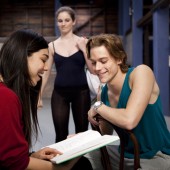
Students learn a range of contemporary dance movements and phrases.
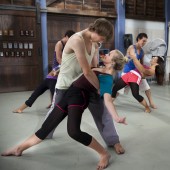
Students learn some movements from the clip, arrange these in an order that they prefer and perform the dance to a range of musical scores.
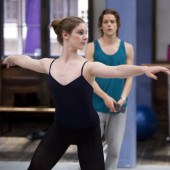
Students collaborate in pairs as choreographer and dancer to develop a dance solo.
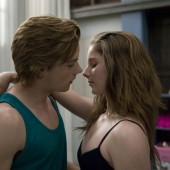
Students research an Australian modern dance pioneer and construct a timeline of key works.
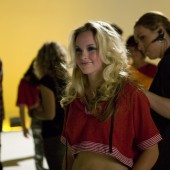
Students look at roles on set and create a “postcard” of a set and bring it to life for 15 seconds.
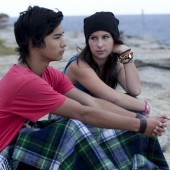
Students learn what constitutes a safe dance space and carry out a check.
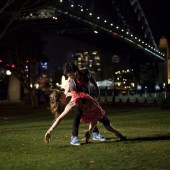
Students improvise with the basic salsa steps.
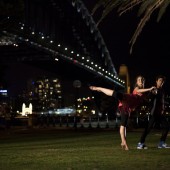
Students learn one salsa dance and then swap leading roles.
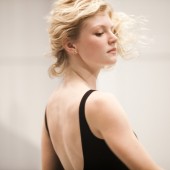
Body shape is explored through improvisation of shapes – call and response method with reflective activity.
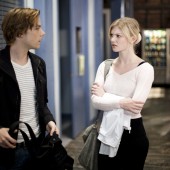
Students choreograph pathways in space using their initials as impetus.
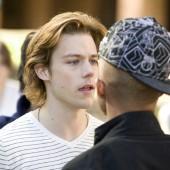
Students learn about symmetry and asymmetry in pairs and as a group. They apply spatial arrangements of groups to an existing dance.
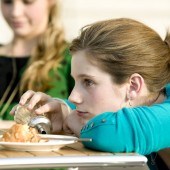
Students create a dance, photograph or draw it and arrange as a storyboard. Extension activity rearranging the elements.
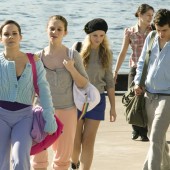
Students create a dance about bullying, perform and direct each other.
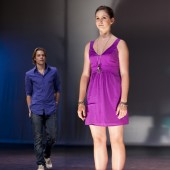
Students follow Tara as she moves backstage, map her journey and record/sketch/design the backstage areas.
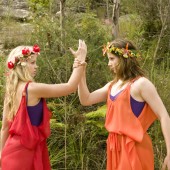
Practical activity where pairs of students perform activities as one person, taking into account the other’s point of view.
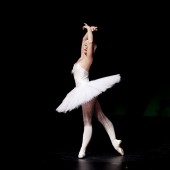
Students consider pre-performance processes and relate to time calls.
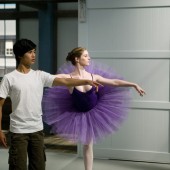
Students experience a range of trust activities and rate their levels of trust.
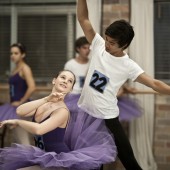
Students learn some of the basic skills needed for successful turns.
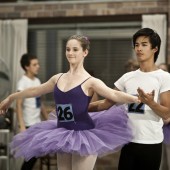
Students try a few rock’n’roll moves and create a photo wall of fame.
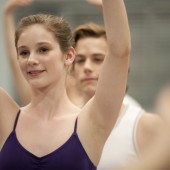
Students experience a range of activities and create a dance to be performed in unison. Feedback by peer review.